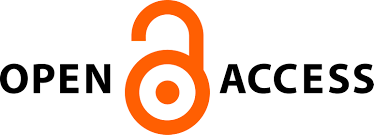Sophisticated research design in chiropractic and manipulative therapy; “what you learn depends on how you ask.” Part B: Qualitative research; quality vs. quantity
##plugins.themes.bootstrap3.article.main##
Abstract
The plethora of quantitative evidence in chiropractic science stands in contrast to the relative dearth of qualitative studies. This phenomenon exists in spite of the intuitive impression that chiropractic is indeed suitable for investigation with a variety of qualitative methodologies. There is a long tradition of qualitative investigation in the social sciences, which focuses on gathering rich experiential data, recognising both that health research deals with ‘real’ people, and that people are not predictable or pre-determined. Qualitative chiropractic research can examine various aspects of a “package” of care and the participants “care journey” and the interplay between verbal and nonverbal, including tactile interactions, which may be diagnostic or therapeutic. Research in chiropractic ideally integrates experience, neurobiology and nonlinear dynamic thinking. Many chiropractic scientists are used to only working with linear models, consequently they may be reluctant to adopt the nonlinear framework of complexity theory and recognise that the analysis of lived experience including subjective phenomena can be an integral part of studies in the chiropractic space.
##plugins.themes.bootstrap3.article.details##
Authors retain copyright and grant the journal right of first publication and allow others to share the work with an acknowledgement of the work's authorship and initial publication in this journal.
Authors are able to enter into separate, additional contractual arrangements for the non-exclusive distribution of the journal's published version of the work (e.g., post it to an institutional repository or publish it in a book), with an acknowledgement of its initial publication in this journal.
This journal provides immediate open access to its content on the principle that making research freely available to the public supports a greater global exchange of knowledge.



